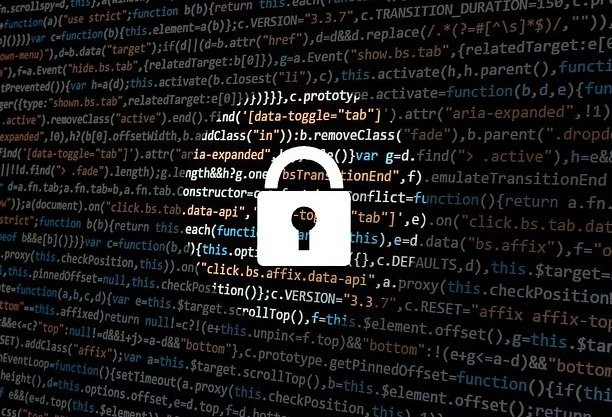There are different methods of document verification, but they all require a certain level of rigor. The first is called Primary Source Verification, which involves calling the organization that issued the document and checking for any errors. The second method is called Secondary Source Verification, which involves checking the origin of the document. The last method is called Multi-Level Verification, which is a more extensive process. For example, a government document might need to be re-issued by the government every five years.
In addition to verifying documents
Document Verification can also be used to validate information. Information is typically provided by a customer during the onboarding process. Examples include utility bills, tax statements, and employer statements. These documents can also be verified. The process can involve several techniques, including digital fingerprinting, Photoshop detection using computer vision technology, and meta data analysis. It can also be combined with TransUnion data to ensure a positive match between documents.
Manual document verification can be an effective way to verify new customers, but it also has its drawbacks. Most documents are not authentic, and the process can be cumbersome. For that reason, it is vital to automate the process whenever possible. By incorporating automation, manual document verification can be automated, reducing the workload of staff while ensuring customer safety and security. This can improve the onboarding experience for both parties. You can find more information about document authentication and its benefits here.
Various types of documents
There are various types of documents used in document verification. These documents include utility bills, tax statements, and employer statements. They can be used for other purposes as well. If you want to verify information provided by your customer, you can use document validation. The process is usually carried out using multiple techniques, including computer vision technology to detect Photoshop or other alterations. Other techniques include third-party data verification and meta data analysis. These are the more advanced methods of document verification.
Document verification can also be done by hand. It involves scanning documents and verifying the authenticity of a person’s identity. The best ways to use this service are online. You can easily find a vendor that offers this service and start implementing it in your company. This will increase your chances of avoiding fraud. You can also use it for other purposes. You can get a list of vendors by searching their websites. A good software for document validation will let you compare various products and services.
Apart from verifying the identity of a customer, the other main use of document verification is to make sure that the person is who they claim to be. This can be done through a variety of methods. In some cases, this is done by scanning a person’s ID against the photo of the same person. This is an ideal way to confirm the identity of a customer. It can also be used for online transactions. In such cases, the user must submit a photo ID before a transaction can take place.

